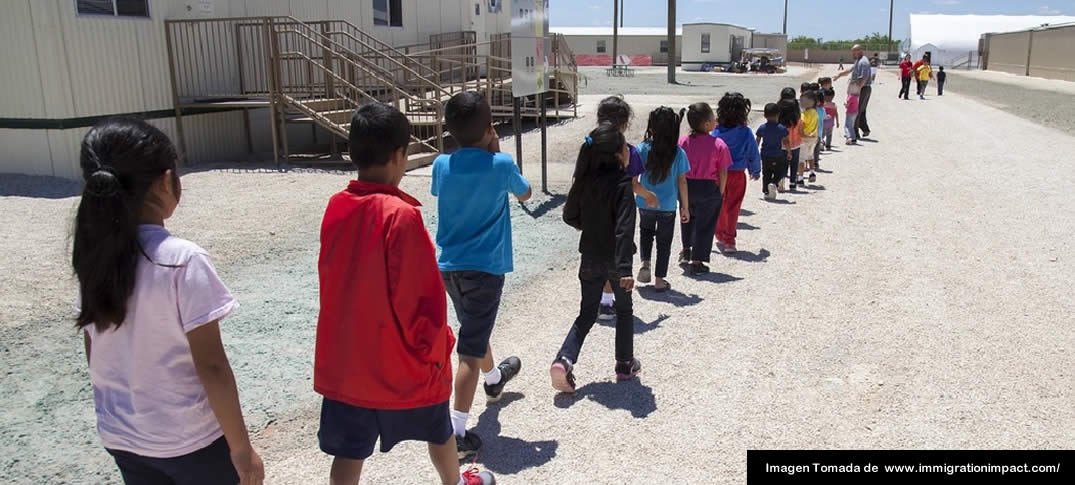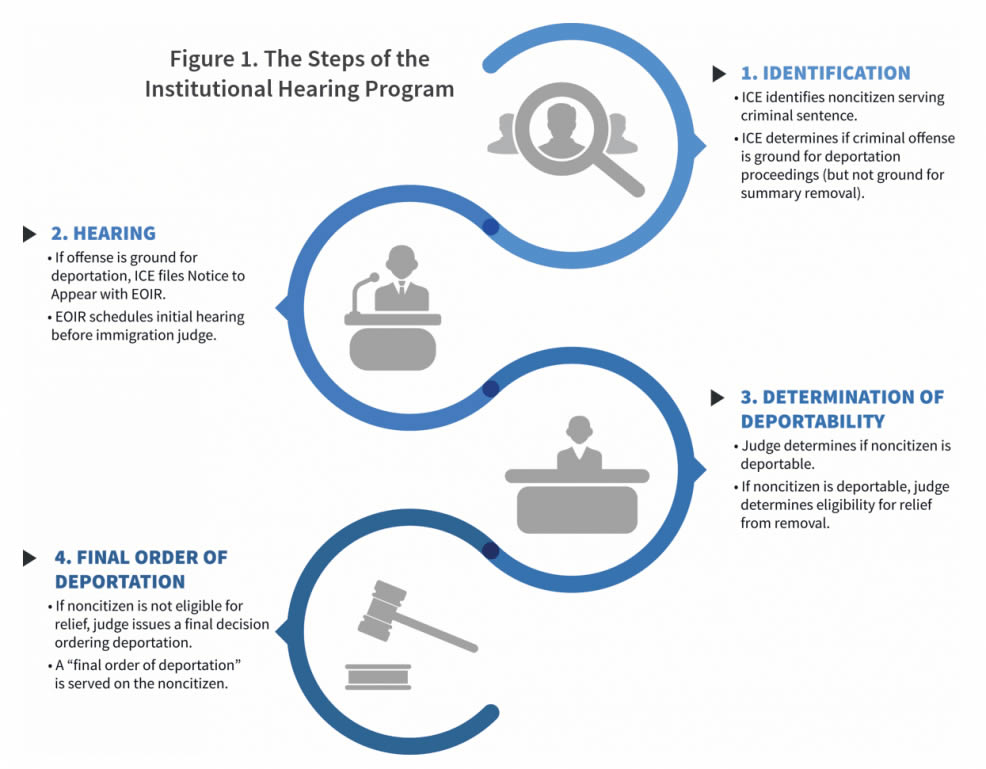The Online Detainee Locator System (ODLS) is a public, online system that allows family members, legal representatives, and members of the general public to locate individuals in immigration detention who have been arrested by the ICE. To use the ODLS system, you can visit http://www.ice.gov/locator.
Previously, the only way to determine a detainee's location was to contact an ICE Detention and Removal Operations Office (DRO). As part of the reform of the detention system, ICE has implemented ODLS so that family members and attorneys can more easily locate detainees online, 24 hours a day, seven days a week. The system is also available in Spanish, with more languages to come soon.
The Detainee Locator does not search for the data of persons under 18 years of age, to carry out a search in the ODLS in two ways:
More information: https://www.inmigracionyvisas.com/a5767-Online-Detainee-Locator-System.html












